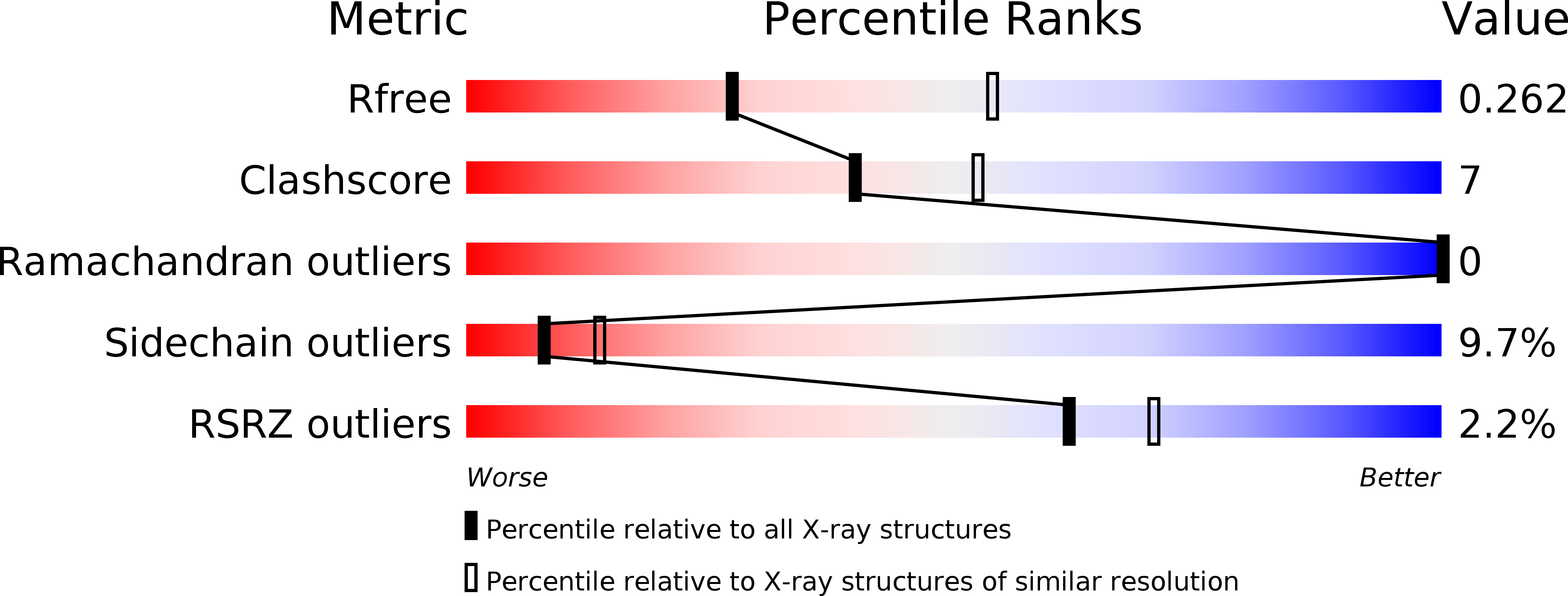
Deposition Date
2008-07-22
Release Date
2008-09-09
Last Version Date
2024-11-13
Entry Detail
PDB ID:
2VYA
Keywords:
Title:
Crystal Structure of fatty acid amide hydrolase conjugated with the drug-like inhibitor PF-750
Biological Source:
Source Organism:
RATTUS NORVEGICUS (Taxon ID: 10116)
Host Organism:
Method Details:
Experimental Method:
Resolution:
2.75 Å
R-Value Free:
0.23
R-Value Work:
0.18
R-Value Observed:
0.19
Space Group:
P 32 2 1


